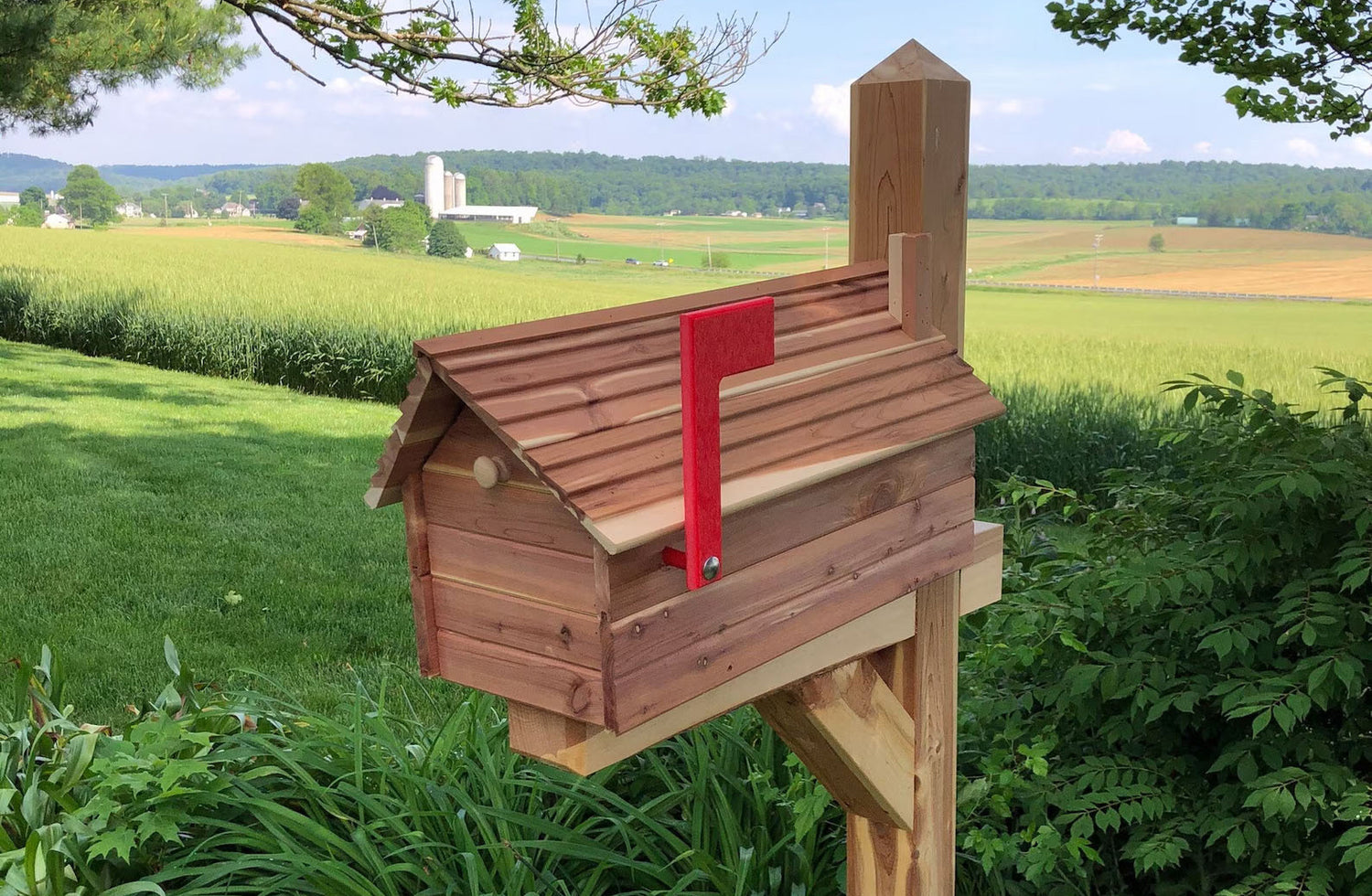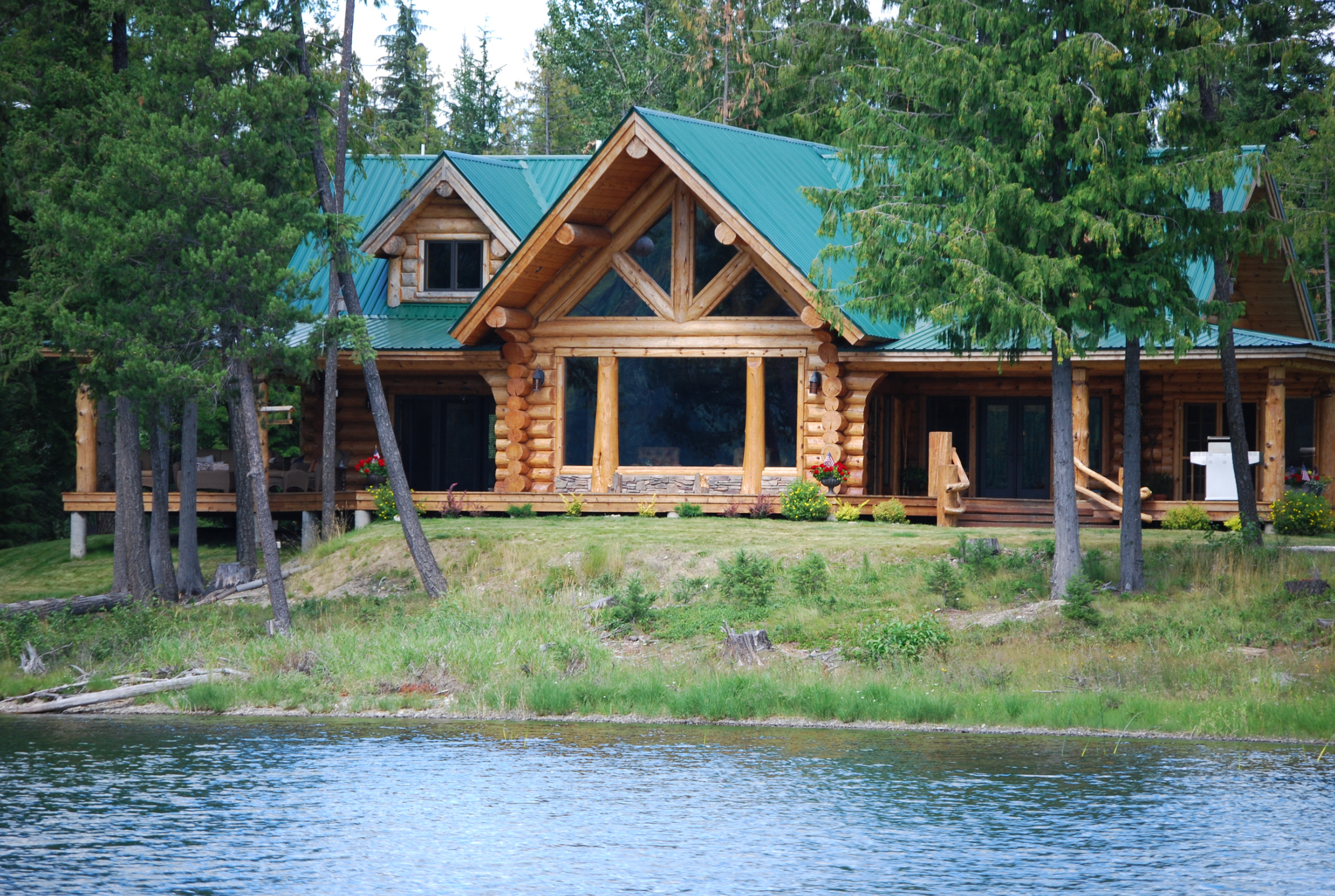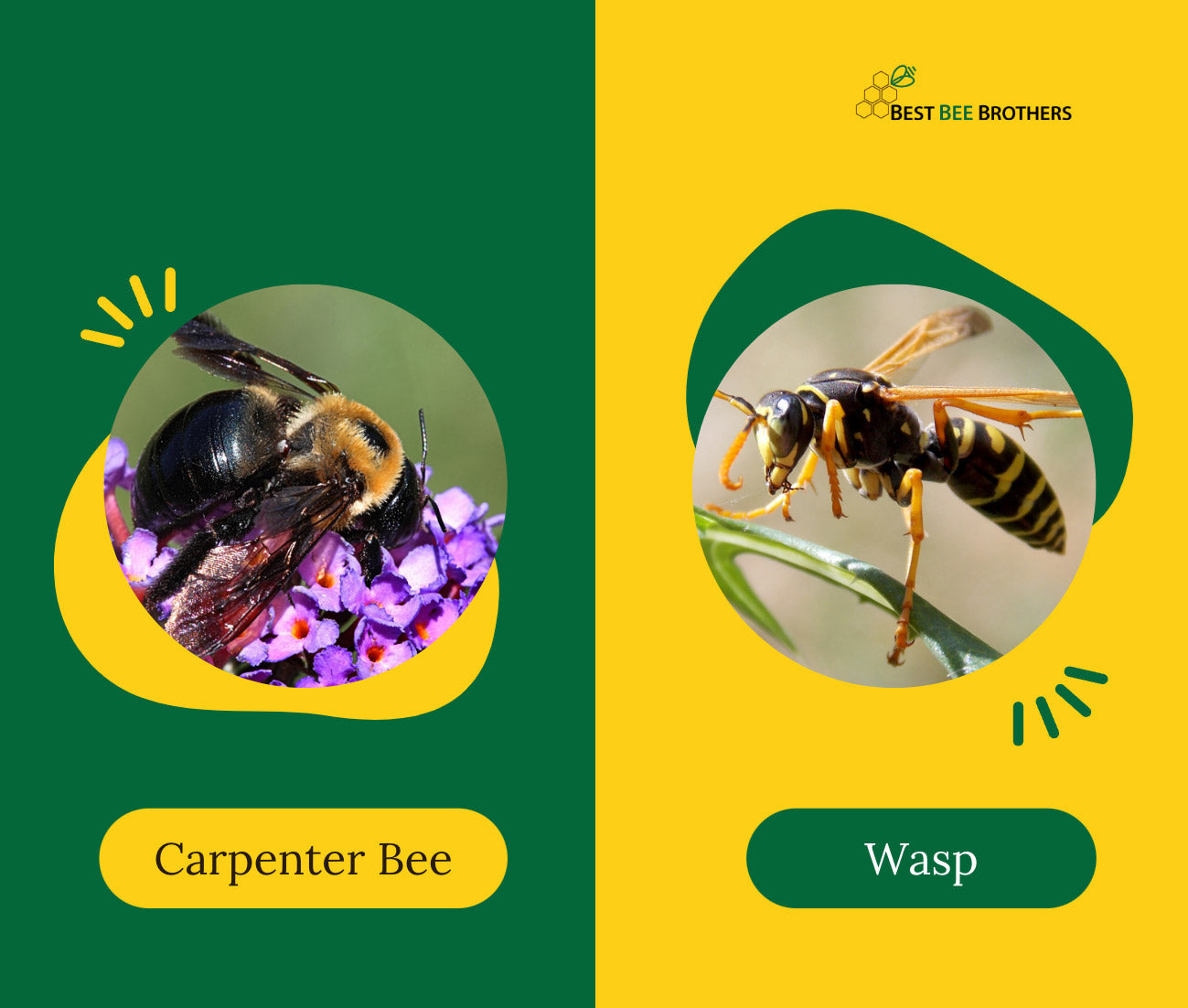Picture this: a homeowners association (HOA) committee finds itself in a showdown with an army of carpenter bees that have taken over the community’s mailboxes. Fear not, because Best Bee Brothers is here to save the day and help you reclaim your mailboxes from those pesky carpenter bees!

Exploring Carpenter Bee Habits
Carpenter bees have a special affinity for cedar and other untreated wood. It’s as if they consider it their personal vacation home! But what makes cedar so irresistible to these buzzing pests? Let’s find out!
When choosing a nesting site, carpenter bees prefer soft, untreated wood. They seem to have an uncanny knack for identifying the perfect place to build their homes, and cedar fits their needs quite well. As a relatively soft wood, cedar is easy for carpenter bees to excavate, making it an ideal material for their nesting tunnels.
Moreover, cedar offers favorable conditions for carpenter bees to establish their nests. The natural weather resistance and durability of cedar ensure that their tunnels will remain intact season after season. It also provides a stable and secure environment for their offspring to grow and thrive.
Carpenter Bee Seasonality
Now, let’s dive into the timing of carpenter bee activity so you know when to be on high alert to protect your cedar mailbox. The bees have their own buzzing calendar, and understanding their seasonal patterns is crucial.
Spring is the season when carpenter bees emerge from winter hibernation, when young adult bees begin to look for mates and seek out the perfect nesting spot. During this time, you can expect a surge in carpenter bee activity as they scout for suitable wood to call home.
As the temperature rises and summer takes hold, carpenter bees are at the peak of their activity. Whether they’ve inhabited a new nesting site or taken over an old one and expanded it, they just might be making a home in your cedar mailbox. If you notice round holes about a half inch in diameter on cedar posts, or other structures, that’s a sure sign that carpenter bees have arrived.

As fall approaches, carpenter bees start winding down their frenzied activities, though newly developed adults leave their tunnels in search of food before overwintering in their nests. The cooler temperatures signal the need to prepare for the upcoming winter. You’ll notice a decrease in bee activity as they retreat until they reemerge in the spring.
Protecting Your Cedar Mailbox from Carpenter Bees
Protecting your cedar mailbox from the relentless advances of carpenter bees requires a strategic approach; these buzzing bandits won’t give up easily! The good news is there are tactics and tools at your disposal. Let’s explore a few techniques to safeguard your mailbox and maintain its beauty while giving those carpenter bees a run for their money!
-
Paint: A Coat of Colorful Defiance. One effective method to discourage carpenter bees from infesting your cedar mailbox is to paint it. Remember, bees are creatures of habit, and they tend to avoid painted or treated surfaces.
-
Stain: Shielding the Beauty Within. If you’d rather preserve the natural elegance of cedar, staining your mailbox is a good option, though it’s not a guarantee against especially persistent carpenter bees. Stain acts as a protective layer while allowing the grain and character of the wood to shine through. Just be sure to use a stain specifically designed for outdoor use.
-
Seal: Locking Bees Out. Sealing your cedar mailbox with a suitable sealant provides an additional layer of defense against carpenter bees. This step helps create a barrier that makes it harder for these buzzing bandits to bore into the wood. Sealants also protect against moisture, extending the life of your mailbox.
-
Best Bee Brothers Carpenter Bee Traps: A Discreet Deterrent. For those seeking a natural solution, Best Bee Brothers has your back. Our carpenter bee traps, hung in an inconspicuous place, can lure any bees in the area away from your mailbox and out of sight. As an added bonus, our range of traps is chemical-free. They look great and are safe for both you and the environment!
No matter which method you try, you can protect your cedar mailbox – and your home’s curb appeal – without being subjected to a carpenter bee invasion. By knowing when carpenter bees are active and how to spot damage, as well as employing the protective measures we’ve discussed, such as painting, staining or sealing, or hanging up one of our carpenter bee traps, you can defend your mailbox and keep those pesky bees at bay.









Leave a comment
All comments are moderated before being published.
This site is protected by hCaptcha and the hCaptcha Privacy Policy and Terms of Service apply.